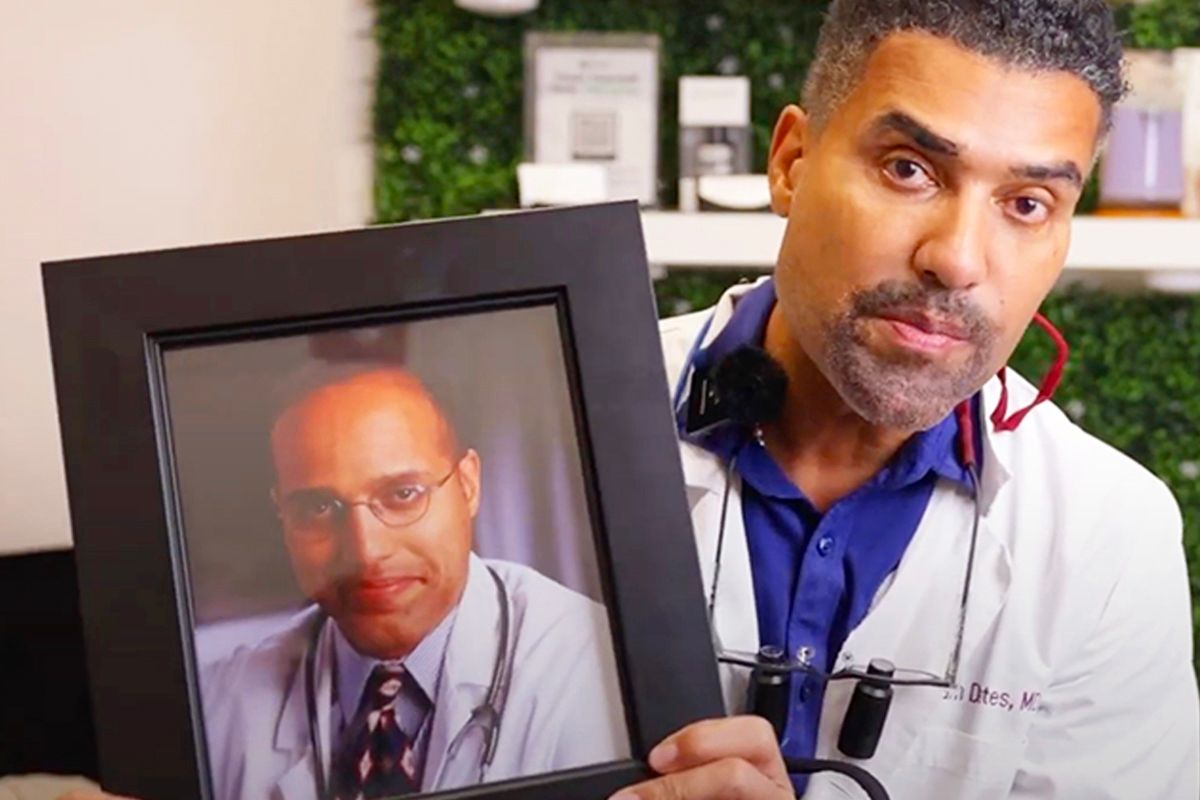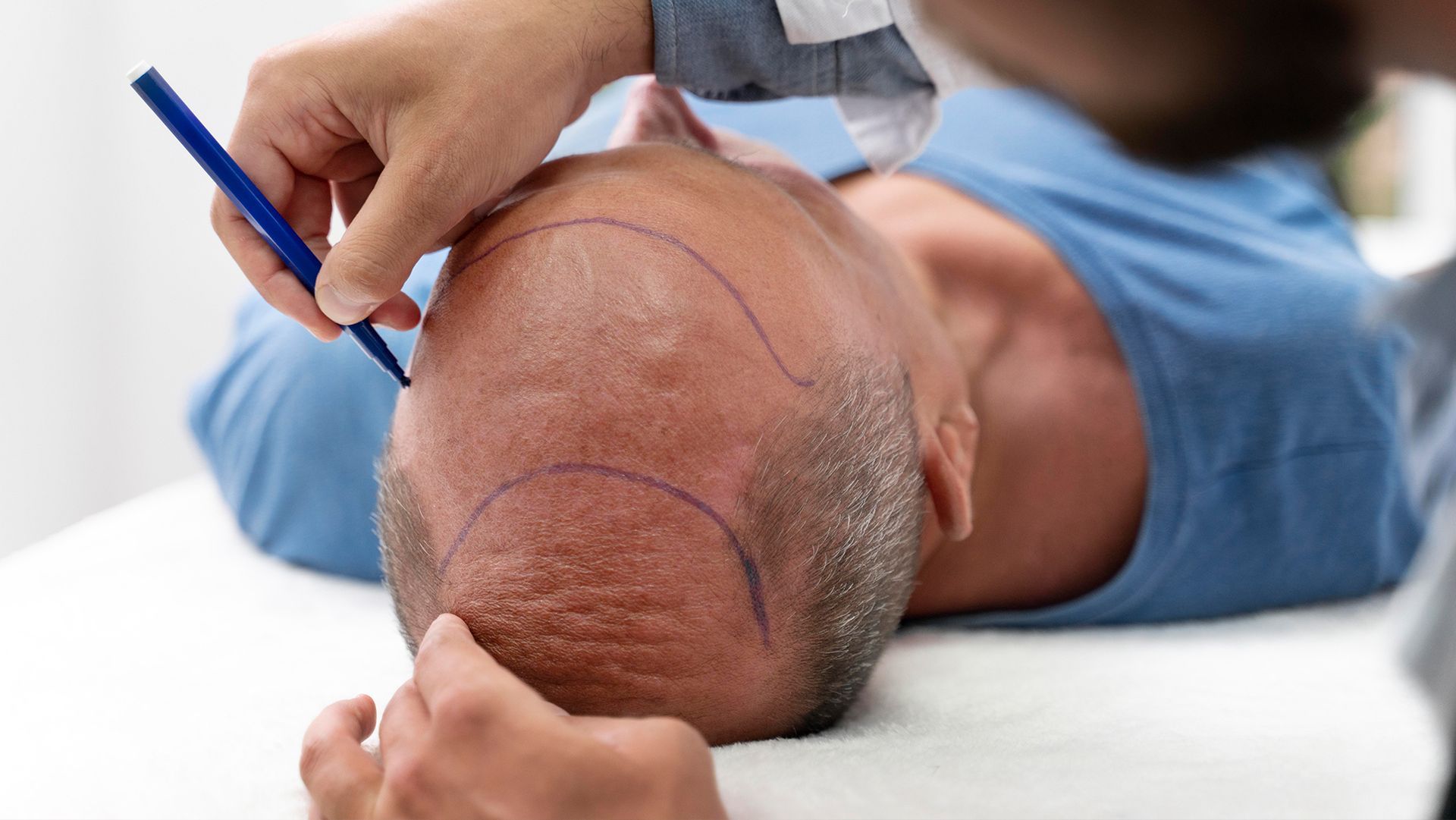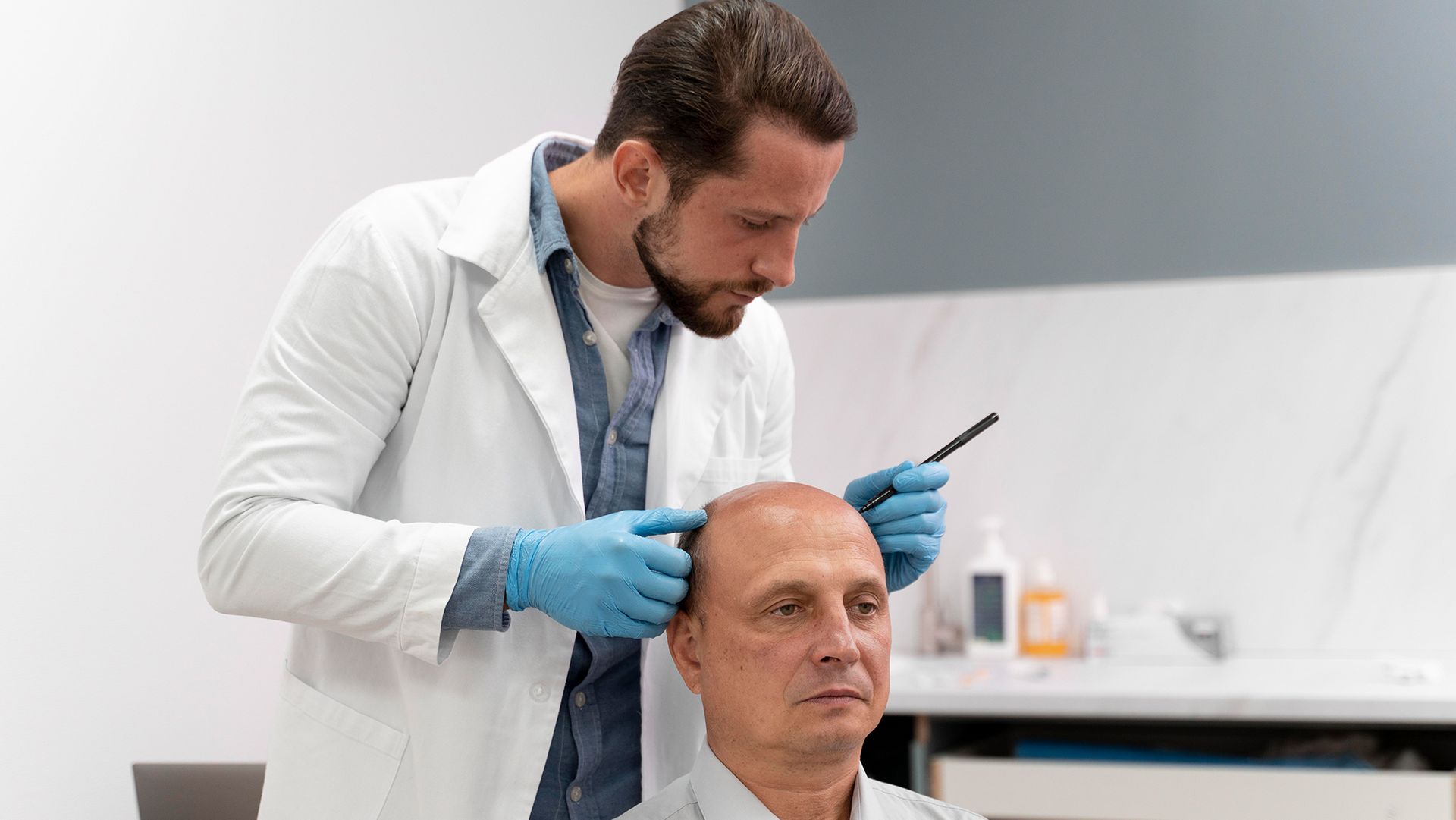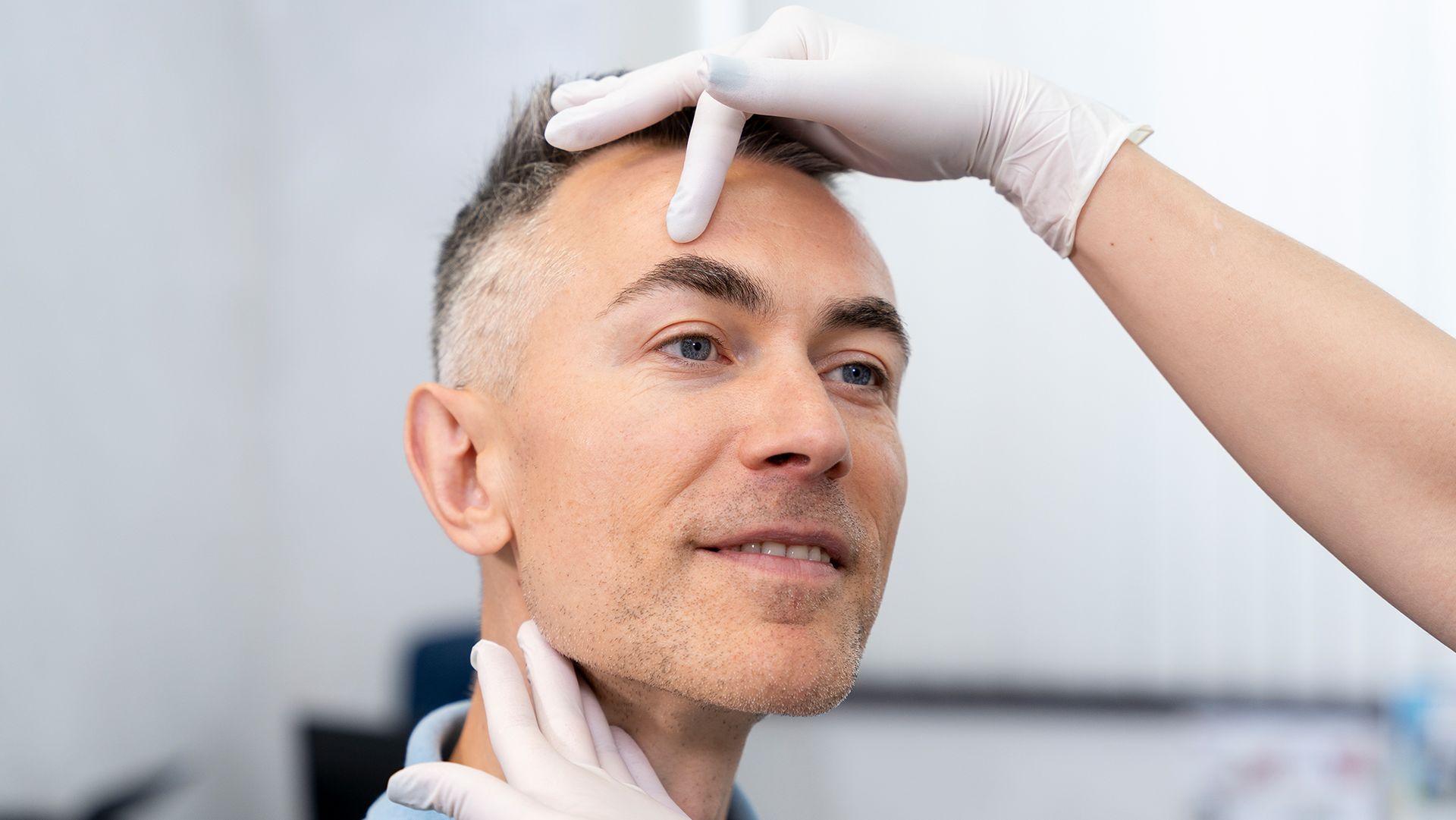Hair Transplant Financing: How to Pay for Your Treatment

Hair loss is a condition many people experience, no matter what age or gender. But in some cases, it can result in thinning or balding.
When this happens, you might want to look into ways to restore your hair. The thing is, it doesn’t always come at a low cost.
With the price of these procedures, hair transplant financing is a critical factor. So, how does it work? Here are a few ways you can pay for your treatment.
How Much Do You Need for a Hair Transplant?
You can expect a hair transplant to go anywhere from $3,000 to $15,000 or higher. Some charge the procedure with a fixed rate while others calculate them by the amount of grafts you need.
Even so, the
price of a hair transplant can vary based on several factors, such as:
- Clinic and surgeon: The more reliable and reputable the clinic or surgeon, the higher their rates will be. The same applies if you choose a provider that specializes in hair transplants.
- Location: Where you have your surgery can determine the rates they usually offer.
- Condition severity: Your case can give you an idea of how much you might spend. If you need a lot of hair restored, you should also expect to pay more.
- Chosen technique: The type of hair restoration surgery you get will affect how much you pay since they use different tools and skills to achieve desired results.
Does Insurance Cover Hair Restoration?
One thing you should keep in mind before getting a hair transplant is that it falls under cosmetic surgery. This is because these procedures are usually considered elective. So, they help improve your quality of life but aren’t always a medical necessity.
Because of this, nearly all
insurance companies don’t cover the expenses. It applies to both private and public providers, regardless of the reason you need to get the surgery done.
Common Ways to Pay for a Hair Transplant
Crossing insurance off your list of hair transplant financing options is a lot. Even so, there are other ways to pay for it without making a big dent in your funds.
The following are a few options you can look into:
Healthcare Financing
Healthcare financing involves pooling funds for healthcare-related purposes and allocating them according to your needed services. You can start by looking for a healthcare financing company to know if you can get approved for a loan.
Most recommend knowing the exact amount of how much you need to borrow. So, have a quick consultation and get a quote from your chosen surgeon or facility.
When you send over an estimate, you want to include any extra costs, such as travel and recovery-related expenses. It also allows you to make sure you have enough to cover the treatment if it goes over the provided quote.
Personal Loan
If you have a good credit score, consider applying for a personal loan, either from your bank or a third-party lender. These usually have lower interest rates and can be paid over a fixed term.
Keep in mind that getting a personal loan can affect your reputation among banks and lenders in the future. So, it’s crucial that you consider this option if you are capable of paying it back within the provided time.
Moreover, you can lose more than what you initially had to pay for due to the unsettled and increasing debt.
Payment Plans
How you pay for your hair transplant can vary based on the clinic you choose. Because of this, many recommend choosing an option that provides you with several choices, including payment plans.
With this, you can get your treatment done without delay and pay it off over a certain course of time. As a result, it gives you the flexibility to further prepare for each payment.
This option helps give you a clear idea of how much you need to pay for the surgery and how much of it you want to finance. This way, you can keep it at a rate and pace that you’re comfortable with.
Credit Card
Some clinics and surgeons may allow you to pay for your hair transplant surgery with your credit card. In this case, you want to be sure you have a high borrowing limit on your card to maintain a smooth transaction.
Depending on what you have available, you can also apply for a new card with 0% introductory interest rates for the hair transplant. This way, you won’t have to incur any additional fees on top of the treatment, aside from aftercare and follow-up sessions.
When using a credit card, it’s also important to look into the guidelines before using it. So, you can avoid any concerns with your payment later.
Personal Savings
One of the best and easiest ways to pay for a hair transplant is by using your personal savings. Note that this doesn’t necessarily mean you should spend all your money on the treatment.
Instead, you want to calculate how much you have to spare and see how much more you would need to pay upfront. This way, you can set aside enough money on your next paycheck to cover the surgery.
Most suggest this since it allows you to focus on paying for the surgery cost without incurring extra fees from banks or lenders. At the same time, it ensures your payment goes through smoothly.
Learn How to Prepare Your Hair Transplant Financing Options
Hair transplant financing is vital when you consider getting surgery. Insurance companies usually don’t cover it, so you want to have options that allow you to pay off the treatment with ease.
While there are different ways around it, you should always consider your current financial status. Loans are a commitment and can affect your accounts if you fail to pay them off. So, take your time to do research and find a provider or payment method that works best for your case!









